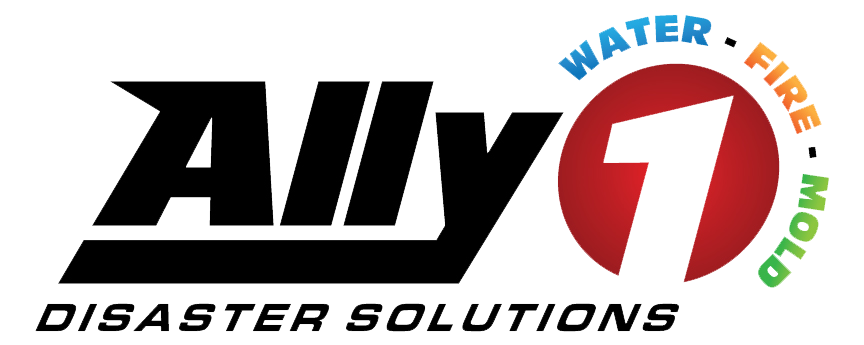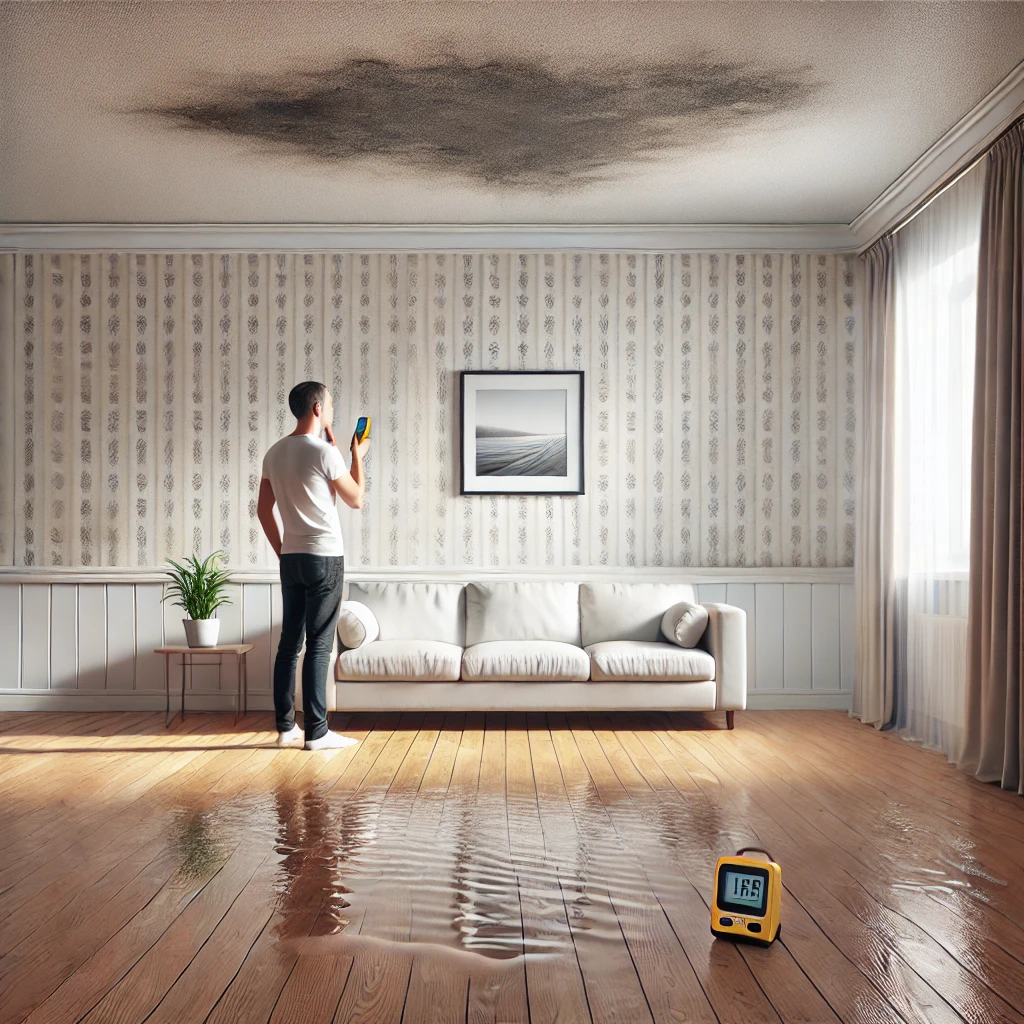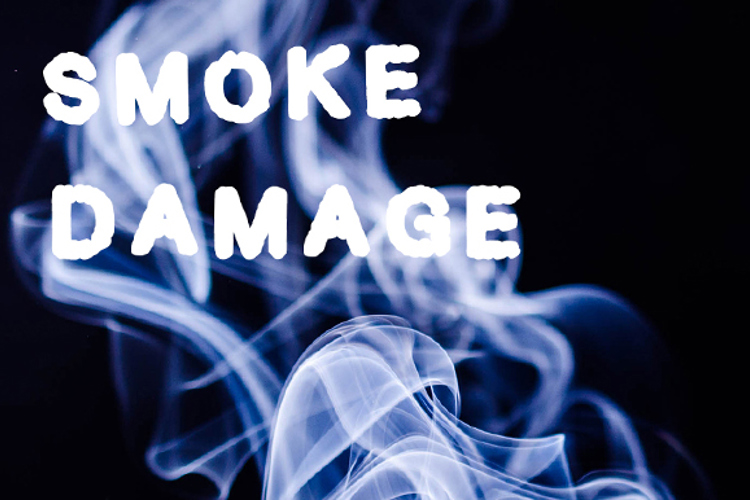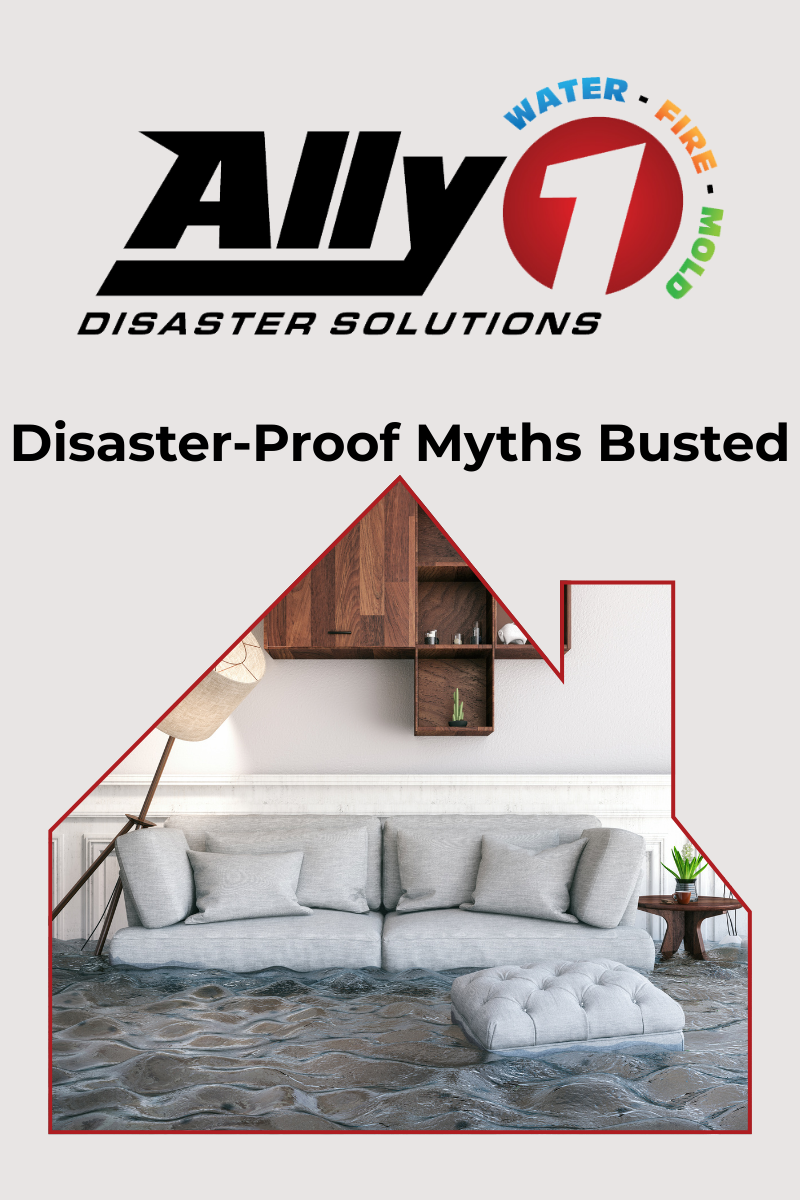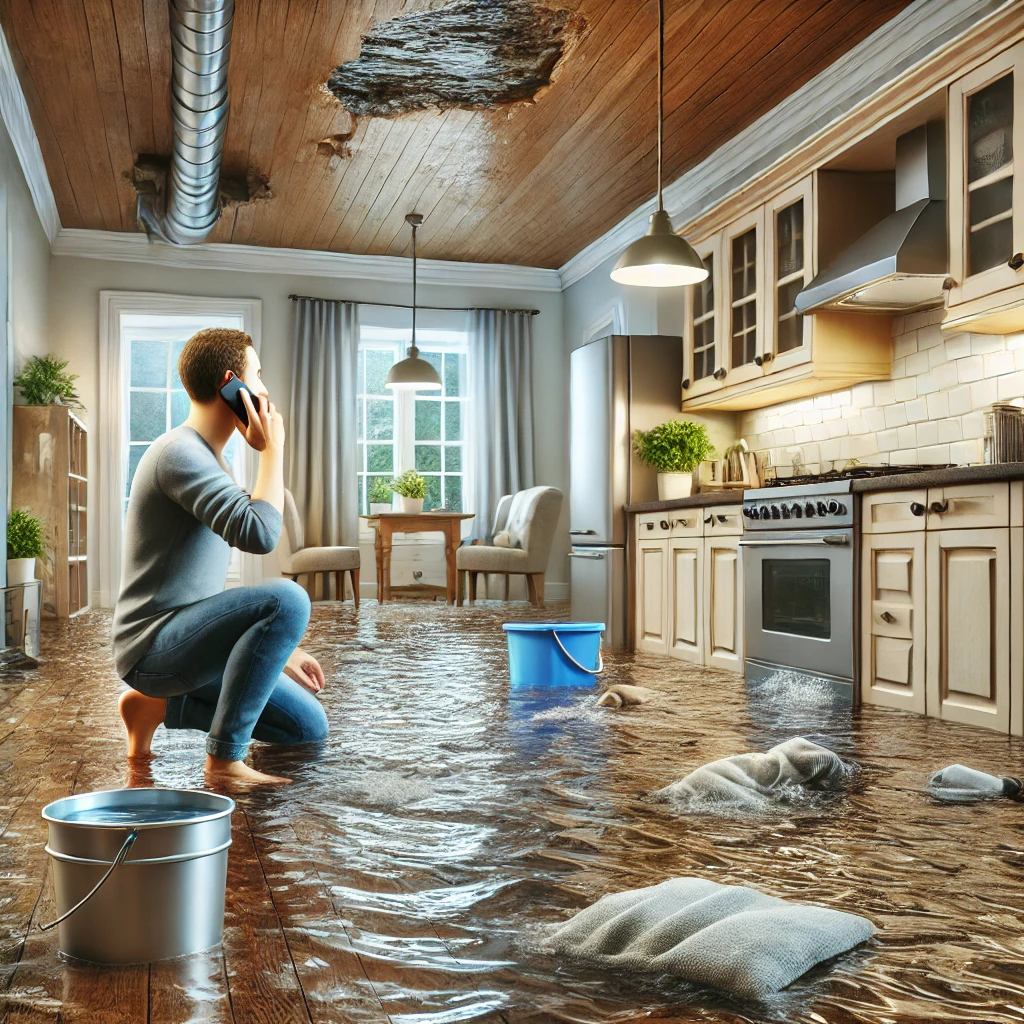Floods can wreak havoc on homes, leaving behind visible destruction and hidden dangers. Even after removing standing water and drying out your space, concealed water damage can persist, leading to structural issues, mold growth, and health hazards. Identifying these hidden warning signs early can help you avoid costly repairs and ensure your home remains safe and habitable.
1. Musty Odors That Won’t Go Away
One of the first indications of hidden water damage is a persistent musty or damp smell. This odor is often a sign that water has seeped into walls, floors, or insulation, creating the perfect environment for mold and mildew growth. If you notice an unpleasant scent lingering despite your cleaning efforts, it’s time to investigate further.
2. Peeling, Bubbling, or Staining on Walls and Ceilings
Water trapped behind walls or above ceilings can cause paint and wallpaper to bubble, peel, or discolor. Stains that appear yellowish or brown often signal moisture problems. Even if the surface feels dry, underlying materials could be harboring excess water, weakening your home’s structure over time.
3. Warped or Buckled Flooring
Hardwood, laminate, and even tiled floors can warp or buckle due to prolonged exposure to moisture. If your flooring suddenly feels uneven, spongy, or is separating at the seams, it could be due to water damage beneath the surface. Carpets may also develop damp spots or mold growth, which should never be ignored.
4. Unexplained Increase in Utility Bills
A sudden spike in your water bill could be a sign of hidden leaks resulting from flood damage. If you suspect unseen water damage, check for running water sounds, wet spots, or pooling water in areas like the basement, crawlspace, or behind appliances.
5. Mold Growth in Unusual Places
Mold thrives in damp, dark environments. While mold in bathrooms or basements may not be surprising, finding it on walls, ceilings, or hidden corners of your home suggests excess moisture. Mold exposure can cause respiratory issues, allergies, and other health problems, making it essential to address the root cause promptly. Learn more about mold dangers from the EPA’s guide on mold and health risks.
6. Cracks in Walls or Foundation
Excessive water can weaken a home’s foundation, leading to cracks in walls or flooring. If you notice new cracks or widening gaps after a flood, it may be due to water damage compromising the structure of your home. Ignoring these signs could lead to more severe structural issues in the future.
7. Pest Infestations
Standing water and damp materials attract pests like termites, cockroaches, and rodents. If you suddenly notice an increase in pests, it may indicate that hidden moisture is creating a hospitable environment for unwanted visitors. The National Pest Management Association provides useful information on how moisture problems attract pests.
How to Prevent and Address Hidden Water Damage
- Conduct a thorough inspection – Hire a professional to assess hidden moisture with specialized tools like thermal imaging or moisture meters.
- Improve ventilation – Use dehumidifiers and fans to reduce moisture levels and promote air circulation.
- Check plumbing and drainage systems – Ensure pipes and gutters are functioning properly to prevent leaks and water buildup.
- Seek professional restoration services – If you suspect hidden water damage, consult a disaster recovery expert like Ally1 Disaster Solutions.
Ignoring hidden water damage after a flood can lead to costly repairs and serious health risks. By recognizing these warning signs early, homeowners can take proactive steps to protect their property and well-being. If you suspect hidden damage in your home, don’t wait—seek professional help to restore your home safely and effectively.
